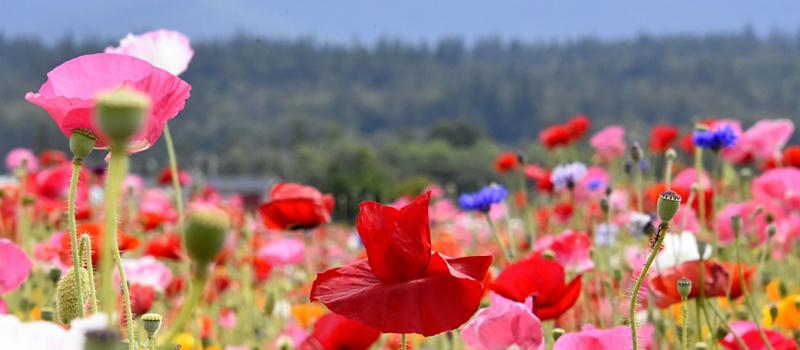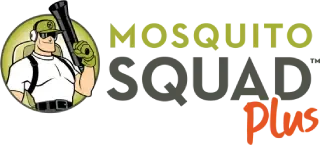5 Insects That Help With Pollination
Posted by Mosquito Squad
June 21, 2022

It’s no secret that pollinators are an essential part of our ecosystem. How essential? Pollinator Partnership states that one out of every three bites of food we eat was made possible by a pollinator.
Pollinating animals and insects carry pollen from the male part of a flower to the female part. This process is necessary for certain plants to become fertilized and produce offspring, seeds, and fruit.
Bees are well-known pollinators and are often seen as the rock stars of the pollinator community. But did you know that dozens of other animals and insects contribute to the global act of pollination?
Here are five that you might not be aware of.
Ladybugs
- To find their prey, ladybugs traverse over flowers and through pollen beds, which can contribute to pollination.
Lacewings
- Lacewings contribute to pollination as adult insects. These insects pick up and carry pollen by interacting with flowers and drinking nectar/eating pollen as they feed.
Butterflies
- Butterflies have a straw-like mouthpart called a proboscis that allows them to nectar and other fluids. Flowering plants provide nectar, and this nectar has sugars and nutrients that butterflies need for survival. Butterflies will land on the flowers when they feed, and their bodies collect pollen.
Moths
- Moths are similar to butterflies in their means of pollination, only they are nocturnal and will pollinate at night.
Hoverflies
- Adult hoverflies aid in pollination by feeding on pollen and plant nectar and spreading pollen as they feed throughout the day.
A simple fact of life is that we can’t live without pollinators. According to the National Park Service, approximately 75% of the earth’s flowering plants are pollinated by wildlife.
Isn’t it amazing to think that some of the smallest creatures in the world carry the most significant responsibility in maintaining the global ecosystem? To help maintain pollinator health in your backyard, look at the National Park Service’s ecoregional planting guides.
